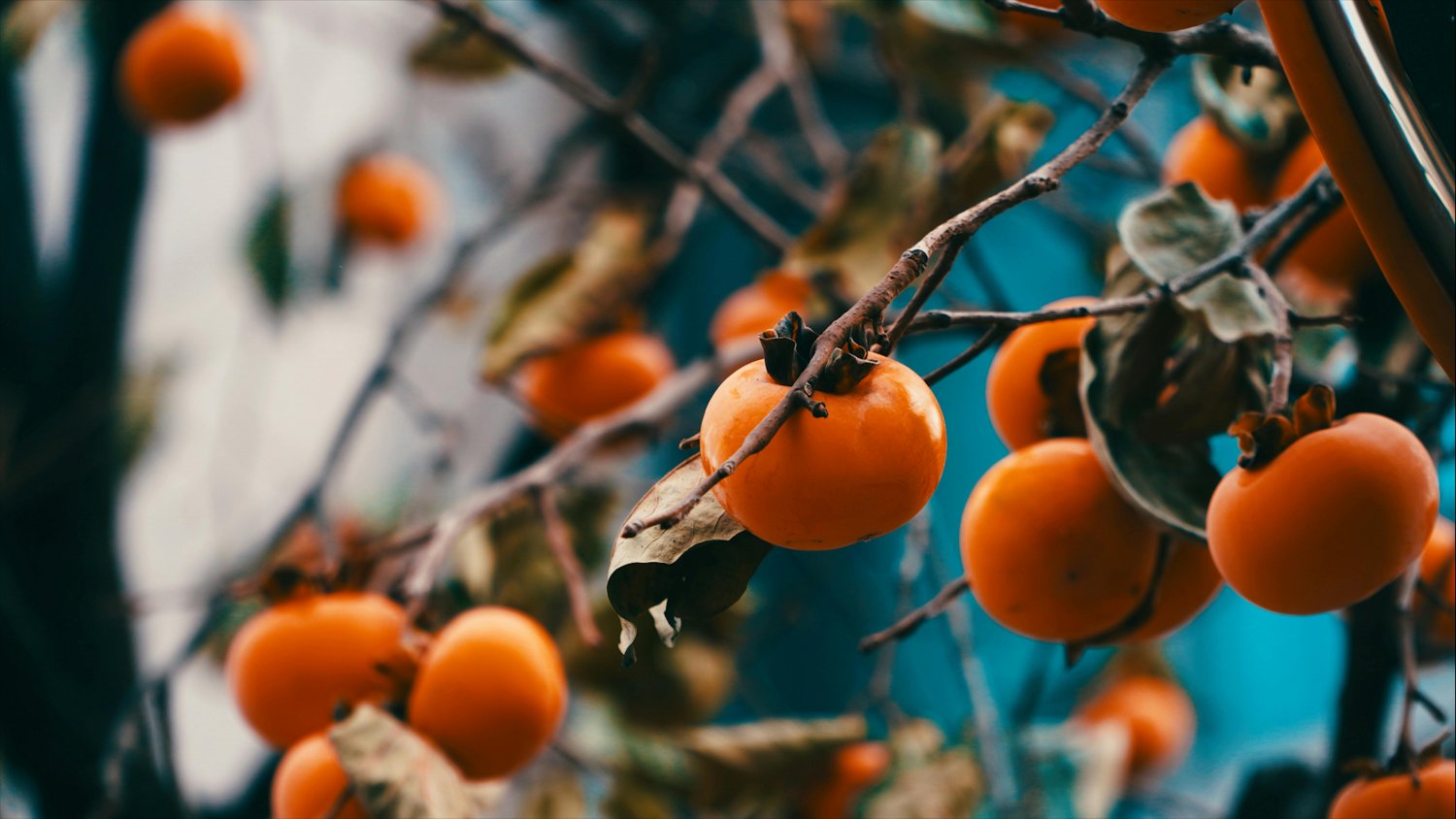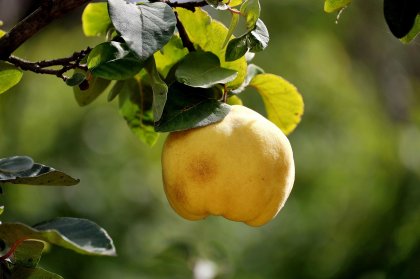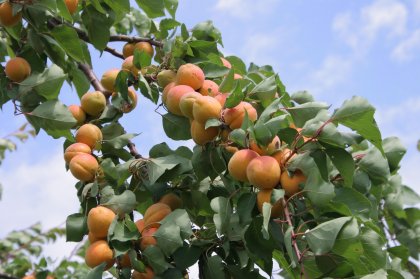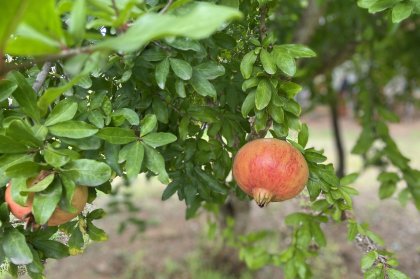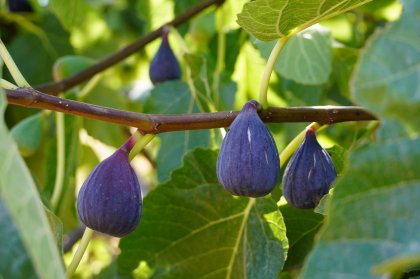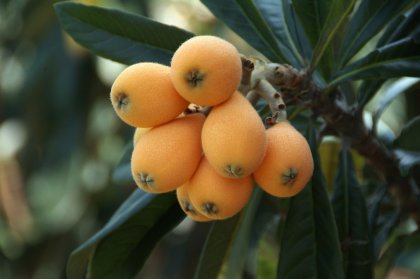As the last pomegranates are gathered, the Ibizan autumn gives way to its next offering: the persimmon, or ‘caqui’.
The persimmon’s journey to the Mediterranean is a long one. Originally from East Asia, where it has been cultivated for centuries, the tree was later introduced to the Mediterranean basin. Its botanical name, Diospyros kaki, translates from Greek as “divine fruit”, hinting at its revered status. It found a perfect second home in the warm, well-drained soils of countries like Spain, and in Ibiza, it has become a recognisable seasonal feature.
The tree's elegant form becomes a common sight in local fincas from mid-October. Its branches are bare but heavy with brilliant, orange-red fruit that hang like festive lanterns against the wintry sky. Persimmons thrive in Ibiza's mild winters, ripening long after holidaymakers have departed.
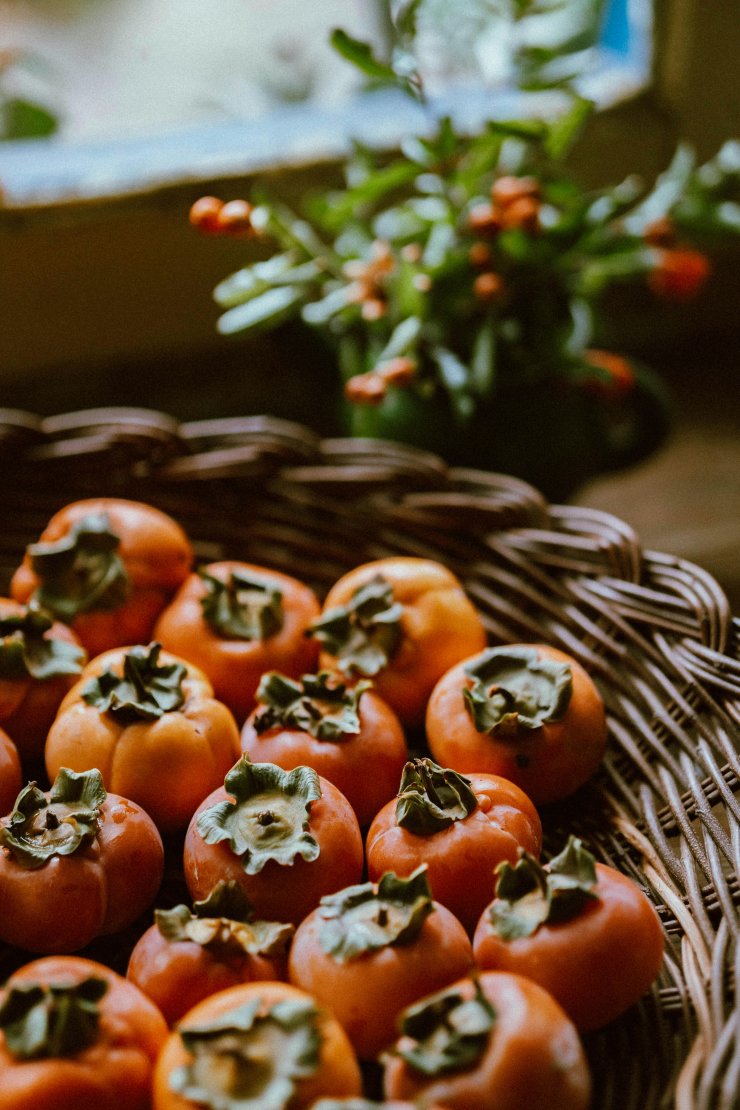
Photo by TIVASEE .
There is a key divide between the two main types found here: the native caqui (with its astringent, bitter skin - even when it's ripe) that takes time to achieve a soft, jam-like maturity; and the sweeter, commercially cultivated Sharon fruit, which can be eaten crisp. The local variety demands a lesson in patience, a quiet reflection of the island's own slower, off-season pace.
At weekly markets, older Ibicencos know to select firm caquis and leave them on a sunny windowsill to sweeten naturally, in a traditional practice that transforms the flesh into a rich, honeyed pulp. Rich in vitamins A and C and full of dietary fibre, persimmons are as nutritional as they are beautiful.
How to enjoy them:
- Fresh: For the astringent *caqui*, wait until the flesh is extremely soft and jelly-like, then scoop out the sweet, custardy pulp with a spoon. The Sharon type can be eaten firm, like an apple.
- Creative: Their honeyed flavour is incredibly versatile. Purée them into dressings and smoothies, chop the firm variety into winter salads with bitter greens and local cheese, or use the ripe pulp in cakes and as a topping for yogurt.
But do remember:
- Know Your Type: The common local *caqui* is unpleasantly tart and chalky if eaten firm. Its transformation requires patience.
- The Ripening Trick: To speed up ripening, place firm astringent persimmons in a paper bag with a banana. The ethylene gas works its magic.
- Storage: Keep firm persimmons at room temperature. Once they become soft and ripe, store them in the refrigerator to preserve them for a few more days.
Ibiza Spotlight Tip: For a truly local treat, spread the incredibly soft, ripe pulp of a caqui on a slice of toast with fresh cheese (mató in Ibicencan) and a drizzle of local honey.
Persimmons, the "divine fruit," represent the quiet wisdom of Ibiza. Their arrival is a gentle marker of the off-season, and to enjoy one is to take part in a simple, seasonal ritual. So when you see these glowing fruits, embrace the lesson of the caqui: the sweetest rewards come to those who are willing to wait.
Top Photo by 대건 최
